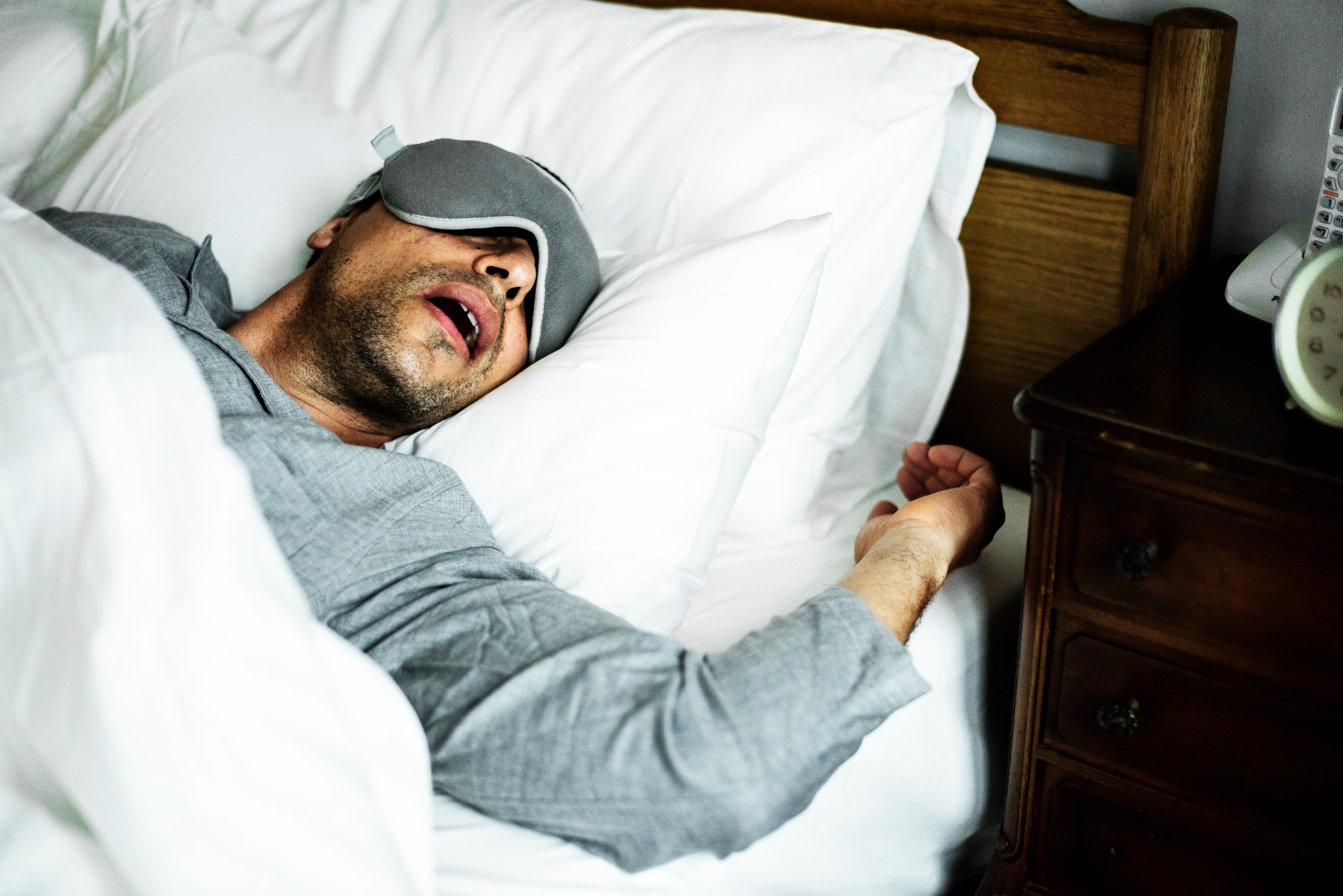
Imagine being forced to hold your breath for up to half a minute, every few minutes, and being repeatedly woken up all night long. For patients with obstructive sleep apnea, this is a nightly experience.
Although obstructive sleep apnea (OSA) affects between 10–30% of adults, many people suffering from OSA don’t realize they have this serious and potentially dangerous sleep disorder in the first place.
Depending on its level of severity, patients with undiagnosed and untreated OSA experience a number of symptoms during waking life.
What causes OSA?
Sleep apnea occurs when someone has breathing pauses during sleep, known as an apneic event.
Obstructive sleep apnea is a common type of sleep disorder and happens when a person’s airway becomes partly or fully blocked in the back of the throat during sleep. Relaxation of the throat muscles and fatty tissue in the mouth and throat leaves patients with obstructive sleep apnea struggling to breathe during sleep. This frequently causes snoring, gasping, and choking throughout the night.
More than just snoring
Patients often don’t realize they suffer from OSA until a sleep partner points out that they snore or stop breathing during the night. While it may be considered anywhere from a lovable quirk to an outright nuisance to the person sleeping next to a snorer, snoring can be the first sign of OSA. Although snoring is common among people with OSA, not all snorers have sleep apnea and not all people with sleep apnea snore.
Apneic events typically follow a common pattern: (1) normal breathing, followed by (2) blockages in the airway, resulting in (3) a partial or complete closure of the airway, which results in paused breathing. (4) Patients often awaken with a start as they snort or gasp for air. This cycle often repeats throughout the night.
Doctors measure OSA severity based on the number of sleep apnea events per night, ranging from ‘mild’ OSA being five to 14 apnea events per hour to ‘severe’ OSA being 30 or more apnea events per hour.
Signs and symptoms of OSA
Repeated interruption of the sleep and wake cycle leaves patients struggling to breathe throughout the night. A poor sleep and lowered Oxygen levels in the body through the night leaves patients feeling tired, cranky, and run down during the day and can lead to more serious health complications. In fact, untreated sleep apnea has been shown to increase a patient’s chances of having a motor vehicle accident.
Common OSA symptoms include:
- Feeling low-energy, drowsy and less alert throughout the day
- Feeling tired and fatigued after a ‘full night’s sleep’
- Irritability and moodiness
- Forgetfulness; difficulty remembering things and concentrating
- Headaches upon waking
- Dry mouth upon waking
Risks around undiagnosed OSA
Along with impacting how patients function in daily life, untreated OSA is closely linked with cardiovascular diseases such as high blood pressure, heart disease, stroke, and heart rhythm disorders. It is also associated with other chronic conditions such as type 2 diabetes.
Obstructive sleep apnea can lead to potentially serious health outcomes and negatively impacts the lives of many patients. Fortunately, OSA is usually very treatable and a trip to your family physician is an important step towards finally getting a good night’s sleep.
If you think you may have or may be at risk for developing sleep apnea, talk to your doctor. Your physician may examine you and suggest treatment or may refer you for further sleep testing either at home or in a sleep lab.